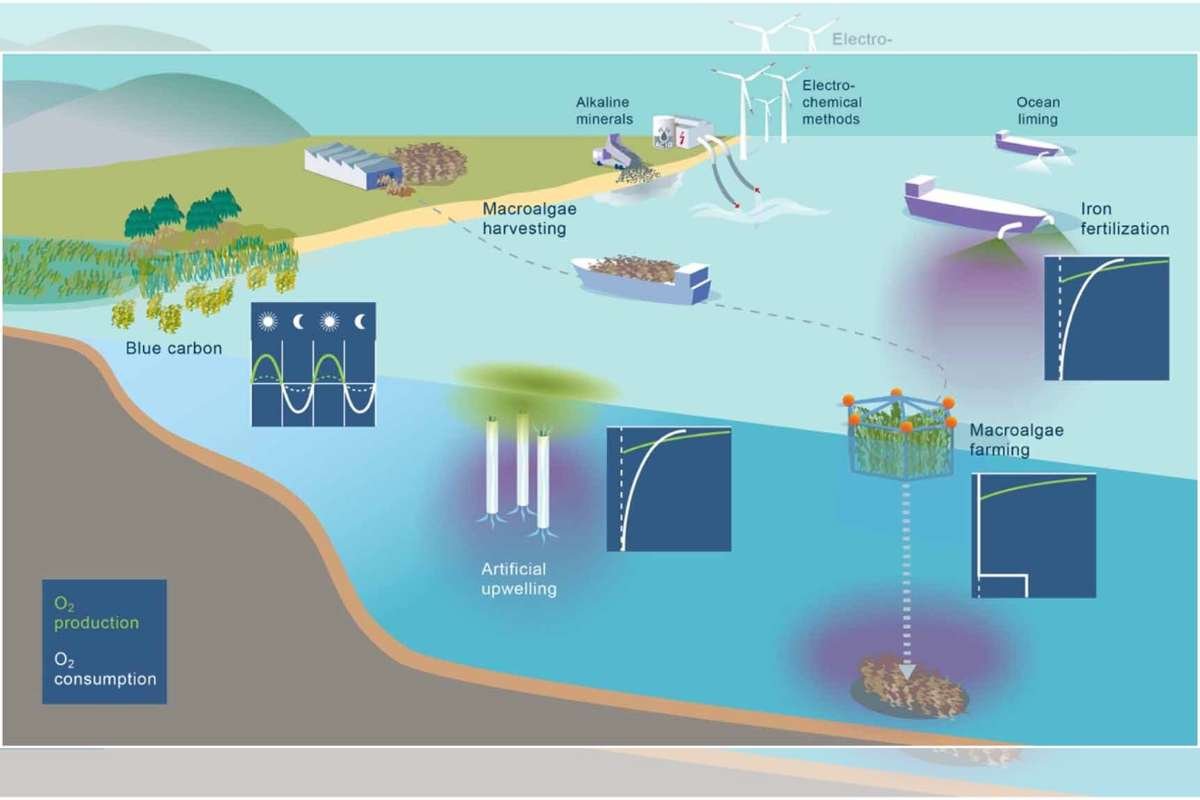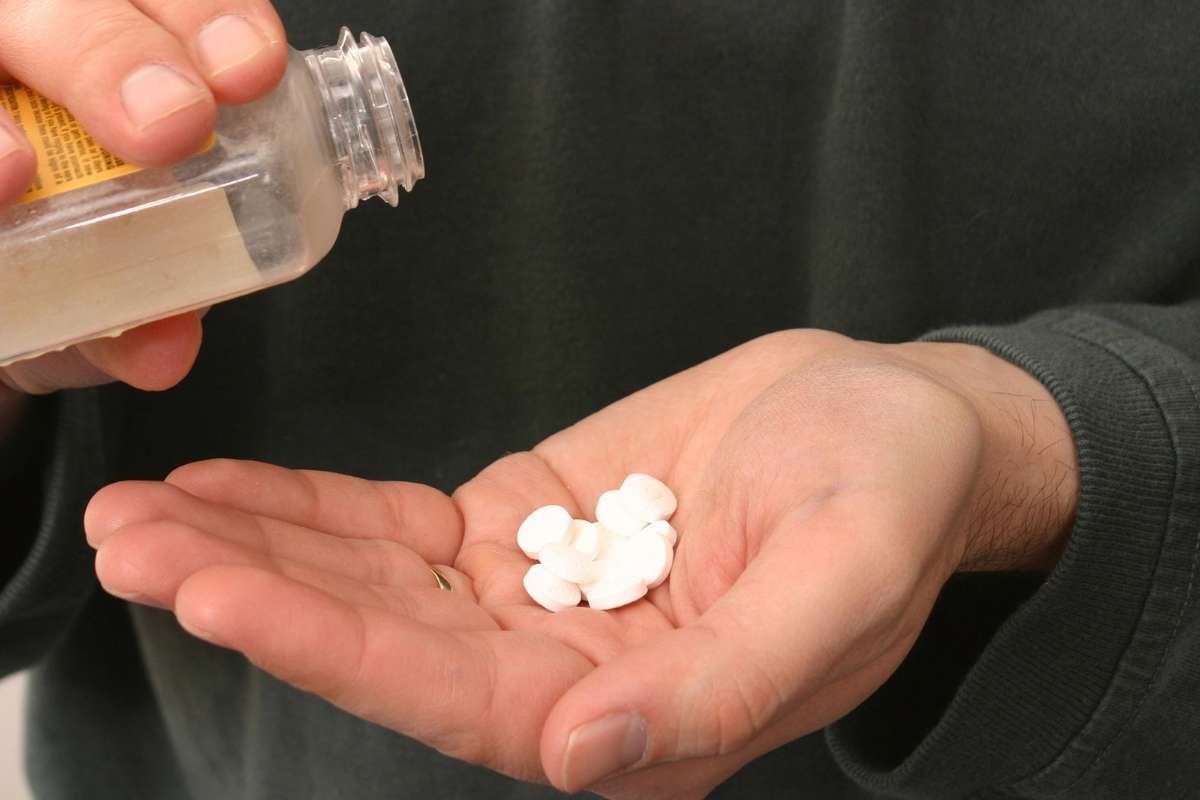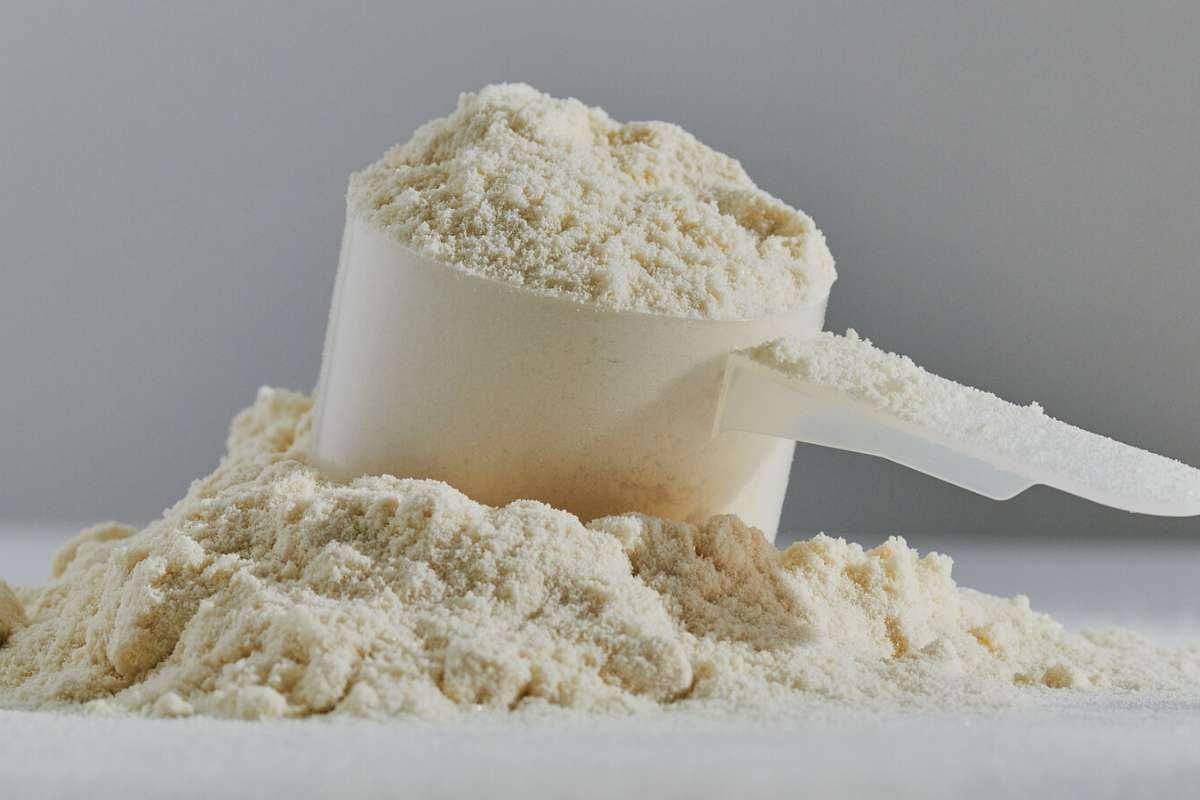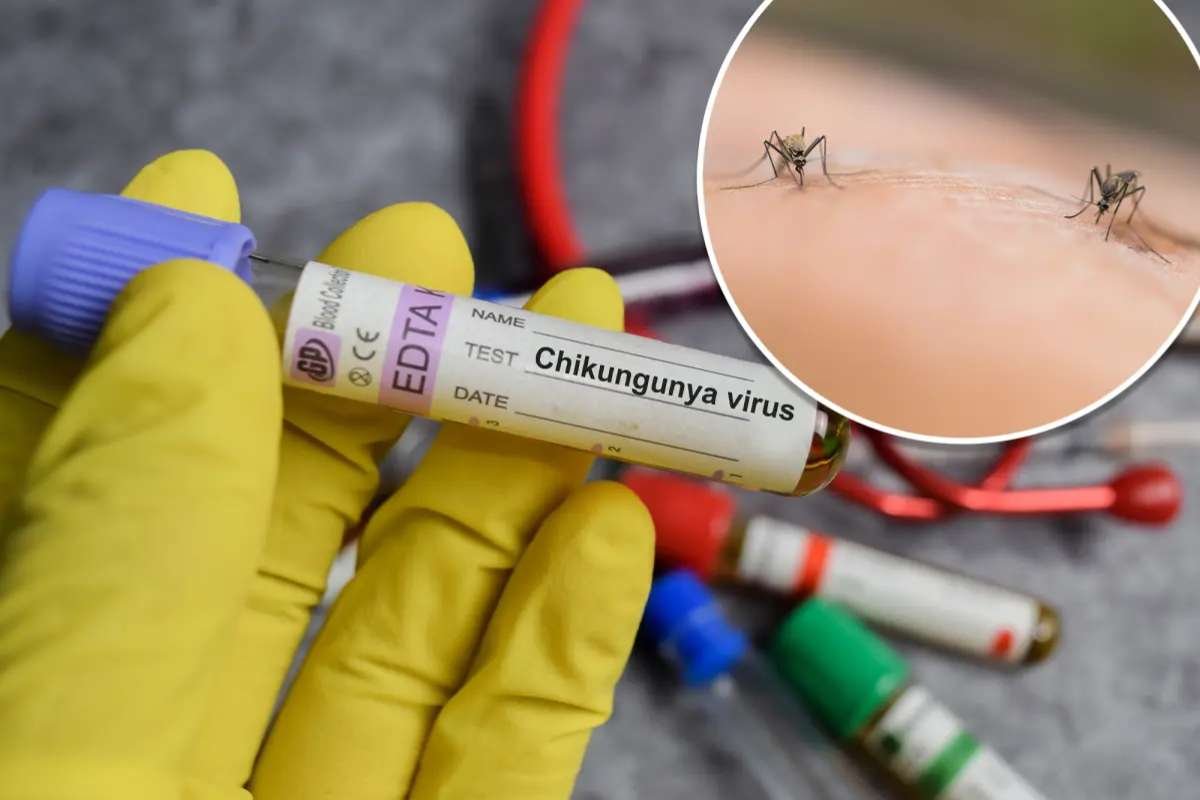A recent international study led by Professor Dr. Andreas Oschlies of the GEOMAR Helmholtz Center for Ocean Research in Kiel has raised urgent concerns over marine-based carbon dioxide removal (mCDR) strategies. Published in Environmental Research Letters, the study suggests that while these methods aim to reduce atmospheric CO₂ levels, some could severely worsen ocean deoxygenation, leading to further oxygen depletion in the ocean. This unexpected side effect, if unchecked, may threaten the health of marine ecosystems already under strain from climate change.
Ocean deoxygenation is not a new phenomenon. Over the past several decades, global oceans have lost about 2% of their oxygen inventory, a trend that is accelerating with rising global temperatures. The oxygen loss has already caused stress to marine biodiversity, altering habitats and reducing fish populations. While carbon removal is essential for mitigating global warming, the study’s simulations reveal that some mCDR techniques might unintentionally make things worse by depleting ocean oxygen even faster.
Biological mCDR: A Double-Edged Sword
Biological marine carbon removal strategies such as ocean fertilization, artificial upwelling, and large-scale macroalgae farming are designed to boost photosynthesis and trap carbon in ocean biomass. However, as this biomass decays, it consumes large amounts of oxygen, potentially creating more harm than benefit. According to the study, the resulting oxygen loss could be between 4 to 40 times greater than the positive impact of CO₂ reduction that these methods aim to achieve.
Professor Oschlies warns that not every climate solution is ocean-friendly, stating, “What helps the climate is not automatically good for the ocean.” The simulations showed that these biological methods, while seemingly sustainable, could intensify the already critical issue of ocean deoxygenation. This puts added pressure on decision-makers to reevaluate marine-based interventions, ensuring they don’t end up trading one ecological crisis for another.
Safer Alternatives and Promising Solutions
While biological methods raise red flags, the study identifies safer paths forward. Geochemical approaches like ocean alkalinity enhancement, which involves adding limestone-based alkaline substances to seawater, do not significantly affect ocean oxygen levels. These methods work chemically, rather than biologically, and thus avoid triggering large-scale oxygen consumption through biomass decay. Their impact on marine oxygen is similar to that of direct CO₂ emission reduction, making them a potentially less risky climate tool, though more research is needed on their scalability and long-term effects.
Interestingly, not all biological methods are equally harmful. The study finds promise in macroalgae farming when paired with biomass harvesting. Unlike other techniques, this method may actually help restore oxygen levels by removing excess nutrients and limiting decomposition in the ocean. In simulations, large-scale harvesting of macroalgae could even reverse some climate-related oxygen loss over a century. However, researchers caution that the widespread implementation of such solutions must be approached carefully, as it could disrupt other aspects of marine ecosystems.
The study concludes with a call for more rigorous evaluation and cautious deployment of mCDR methods, stressing that any solution to climate change must also protect the delicate balance of life in the oceans and prevent further Ocean deoxygenation.
Visit more of our news! The Lifesciences Magazine.







